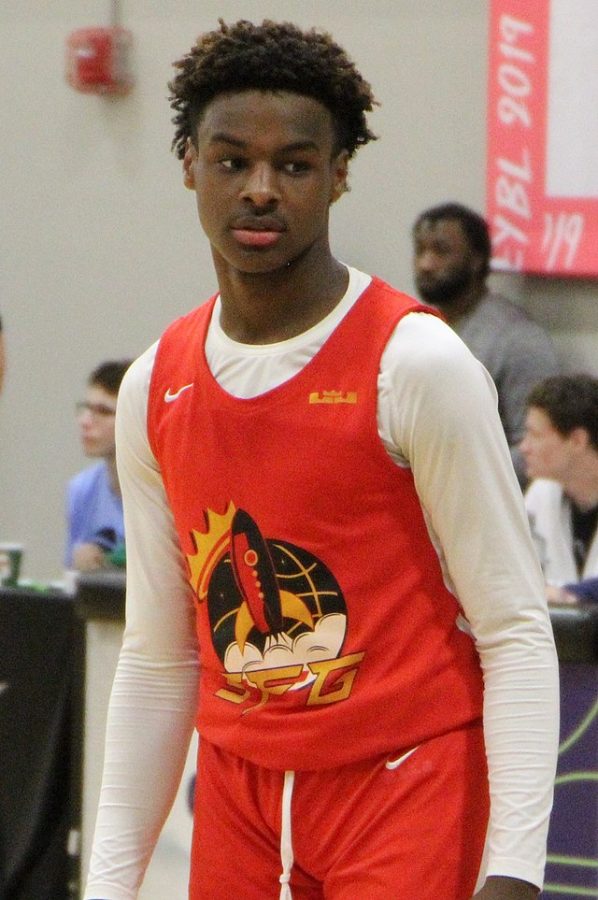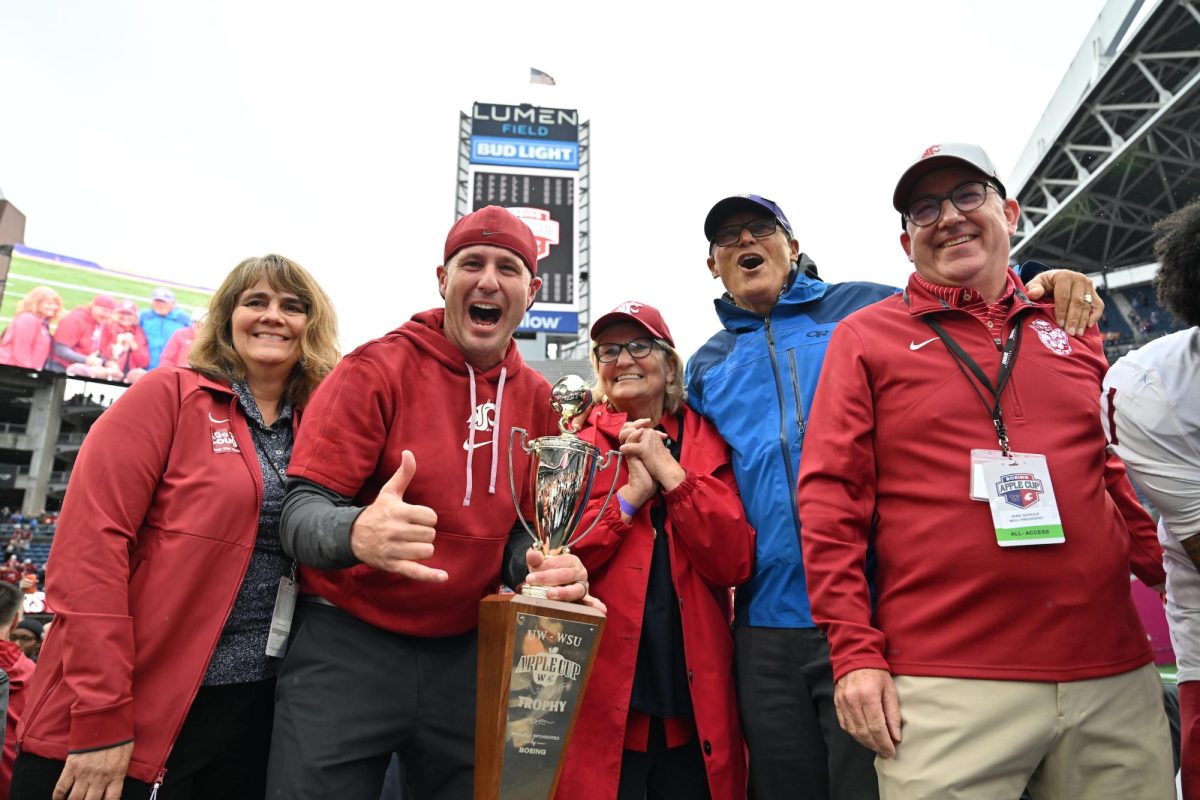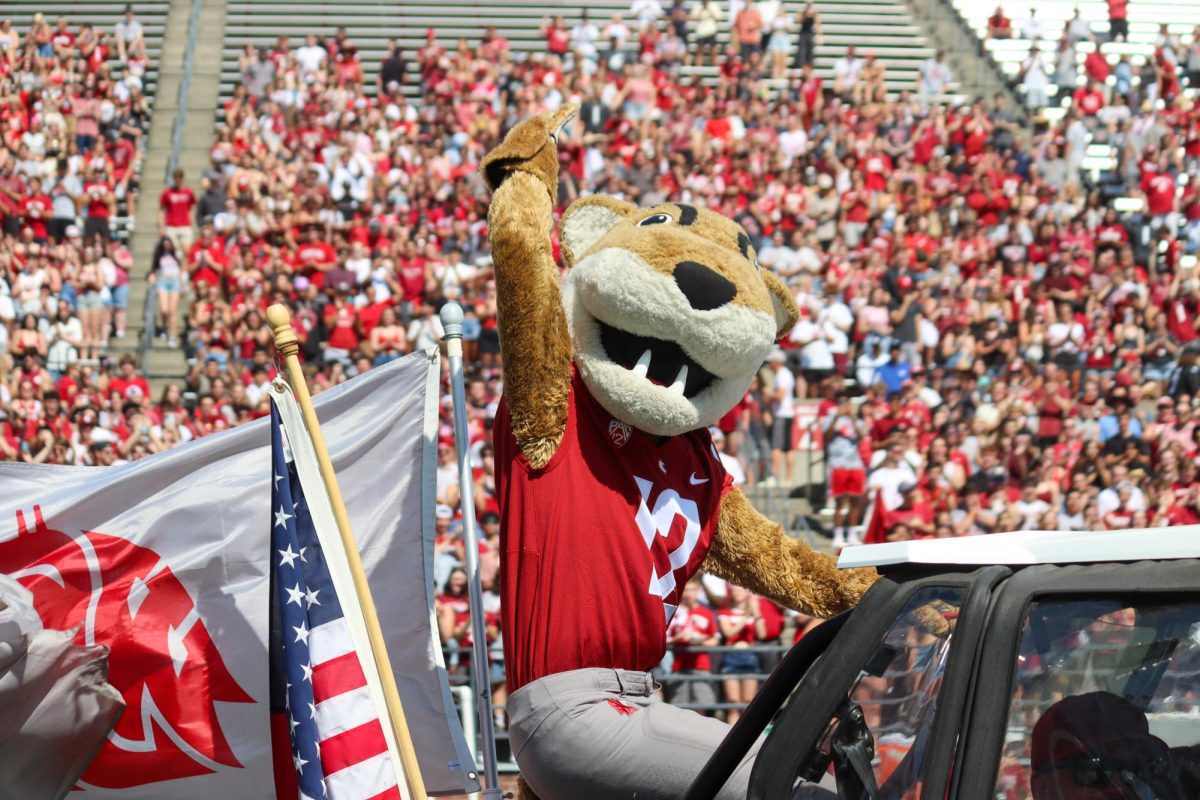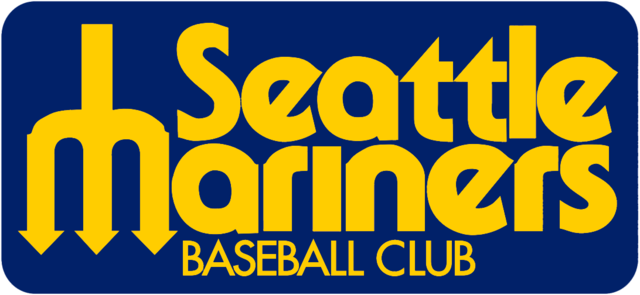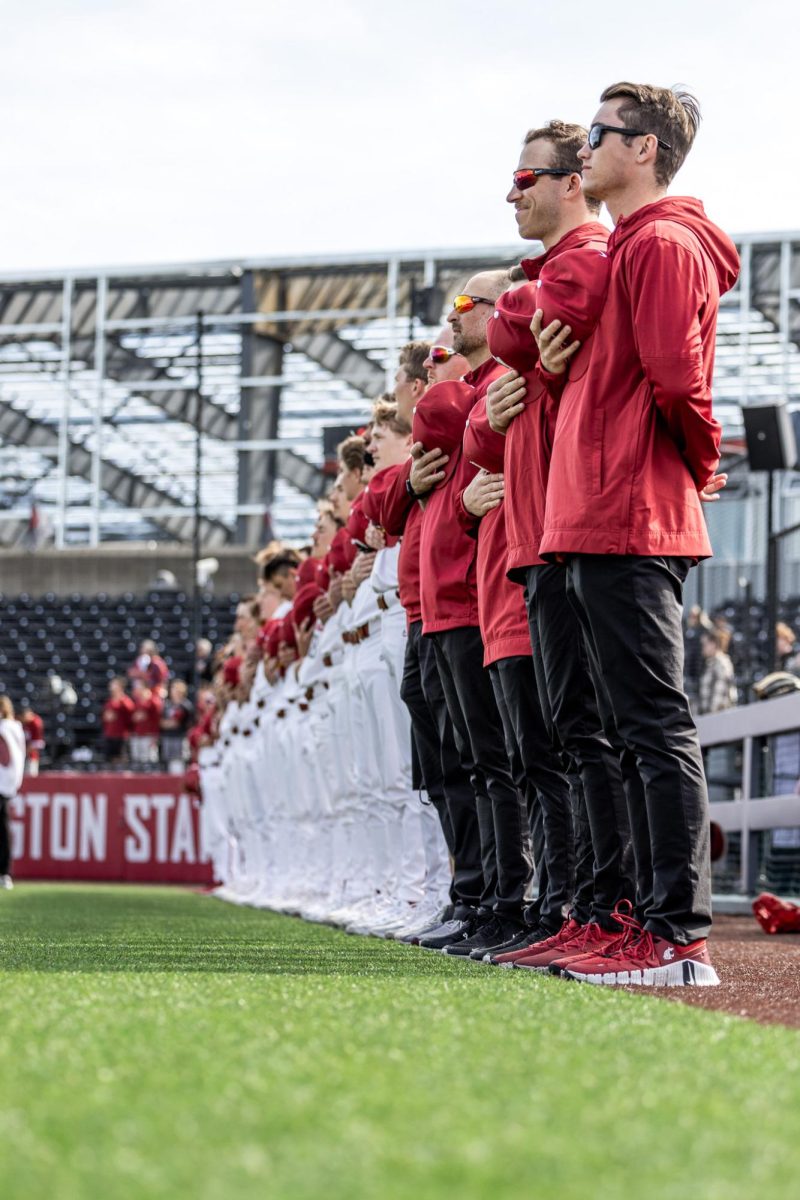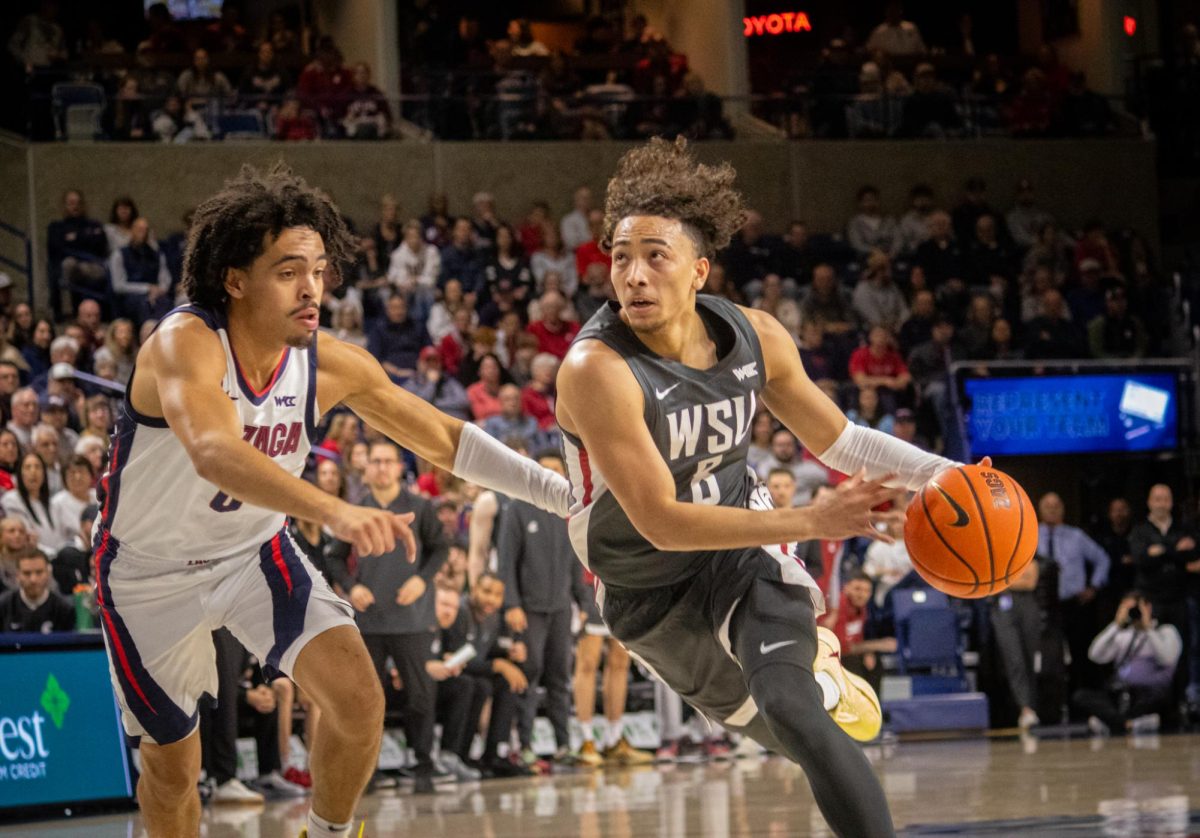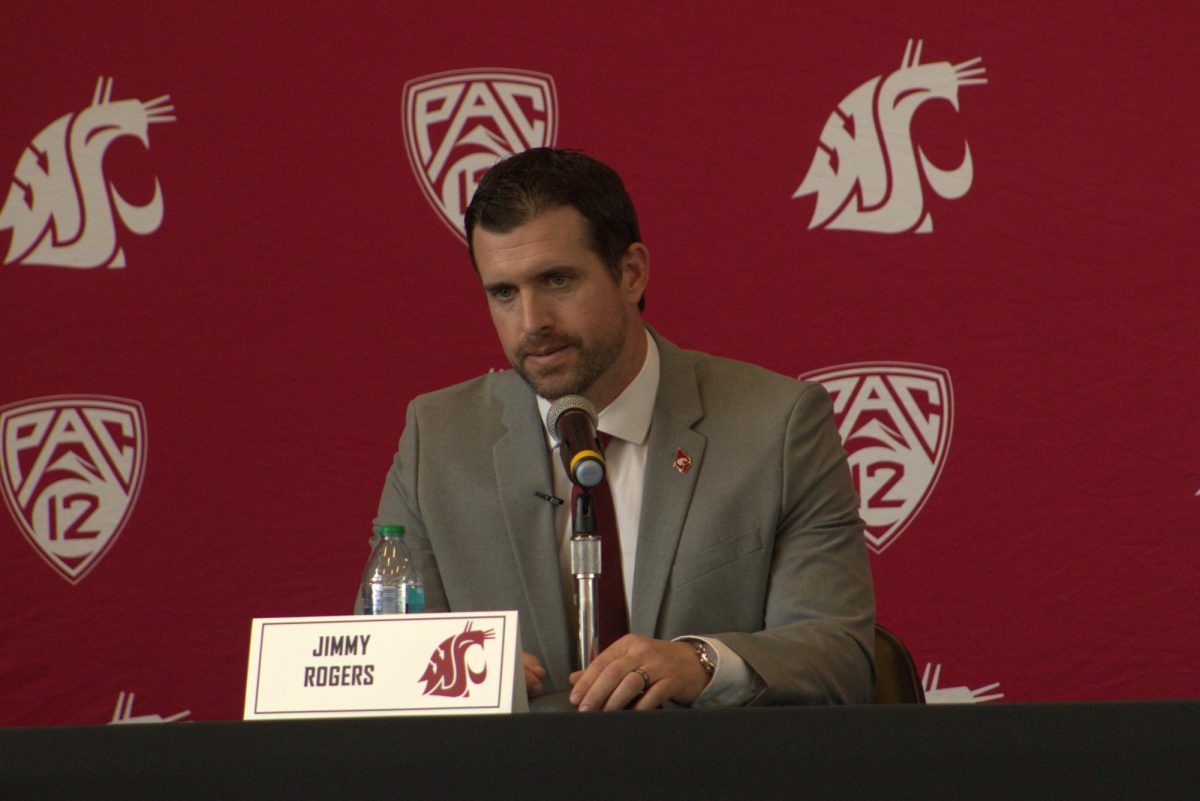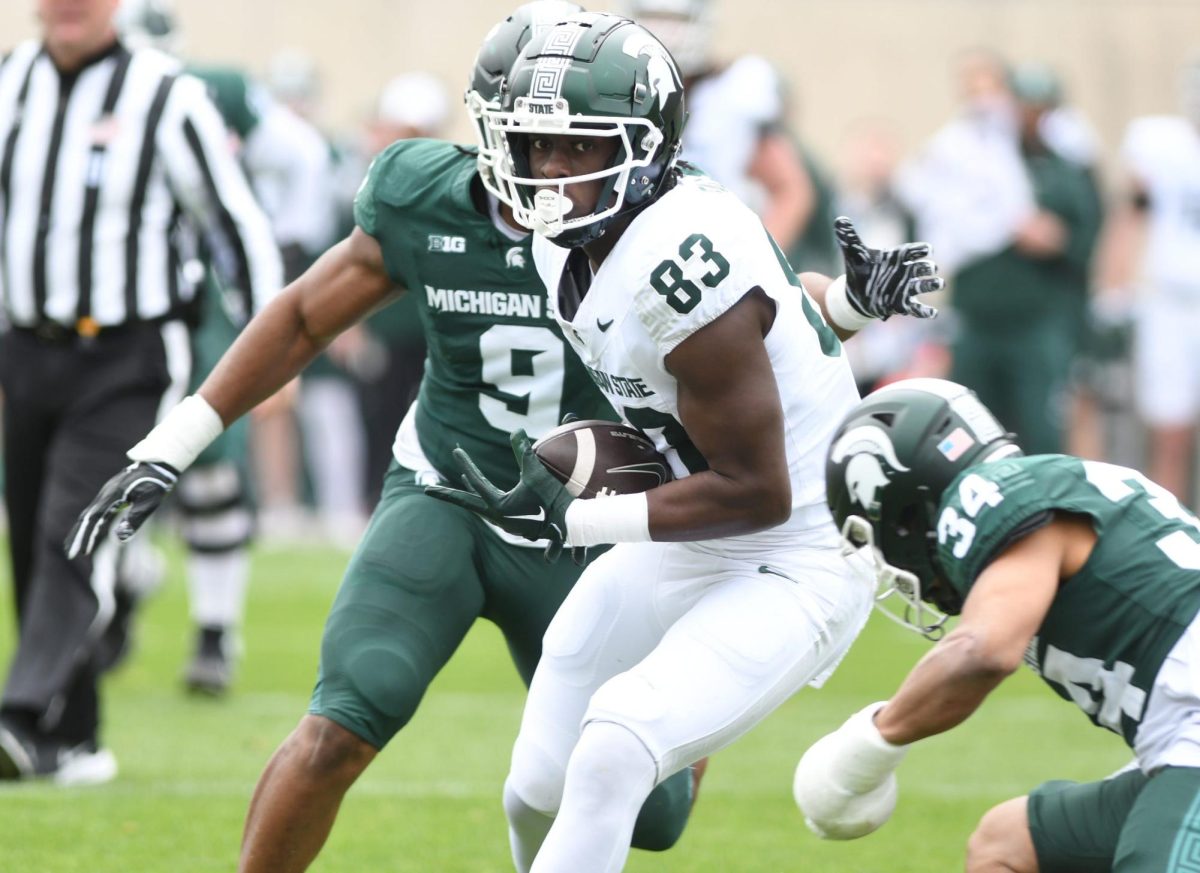In 2021, the NCAA approved compensation for college student-athletes based on their name, image and likeness (NIL).
As of Friday, U.S. District Judge Clifton Corker of Tennessee ruled that the NCAA cannot punish athletes for negotiating NIL deals while in the transfer portal, only expanding the potential sources of financial gain for athletes.
Since 2021, athletes have been diligent in their brand management evolution by signing with agents and management teams to help with their self-promotion.
Southern California point guard Bronny James (son of NBA star LeBron James), has a total NIL evaluation of $5.8 million, according to On3 NIL.
That’s substantially more than the money received by Reggie Bush’s family during his USC Playing days.
Bush was one of the most dynamic athletes in the history of college football, playing at USC from 2003–05 and winning the 2005 Heisman Trophy.
While playing for the Trojans, Bush’s family accepted money from aspiring sports marketers, in the neighborhood of $300,000, according to the Atlantic.
The NCAA removed Bush’s Heisman Trophy from the record books (along with other records) for a violation of NCAA rules at the time.
The Bush controversy showed how people in the brand management field can take advantage of athletes who come from less fortunate backgrounds.
In 2024, with millions of dollars on the table, proper athlete representation is paramount as athletes are vulnerable to the potential reality of corrupt agents and management.
An NIL agent or agency’s main goals are to represent the athlete during business negotiations and aid in any legal issues the client may have.
While the help of a brand management team may seem useful to all athletes, the reality in 2024 is that most athletes don’t make enough money or do not have a big enough brand to interest an agent or group to represent them.
Michelle Meyer is the founder of NIL Network, a team that works to provide resources and guidance to athletes for informed business decisions and management selection.
Meyer said she has a friend who works in the agency industry and she asked them about an athlete she knows who made around $90,000 off her social media account.
“This seems like money that would have representation or like a team and he’s like ‘Even that would be hard to make like a living off of and for a sustainable agency you would need probably like ten of those athletes,’” Meyer said.
The present development of the NIL market has created a dichotomy that American sports knows all too well, the battle of haves and have-nots.
High-earning athletes in today’s NIL era such as Bronny (USC), Arch Manning (Texas), Shedeur Sanders (Colorado), Shilo Sanders (Colorado), and Bryce James (high school), all benefit from the prominence of their family members.
While these athletes are solid competitors in their respective sports, there’s no denying that their business success with NIL primarily stems from their last name, as opposed to their production in their sports.
This has created an interesting landscape for college sports, as athletes are seemingly paid for their current or potential social capital rather than success in their sport.
This trend is problematic because it limits athletes who come from less fortunate circumstances, as they are less likely to have the necessary connections in the industry to attract representation.
The unfortunate truth is that this trend will most likely be the norm for college sports going forward.
Alumni and donors want their schools to win in any sport and will collaborate to create NIL Collectives to acquire athletes through a variety of NIL deals, such as cars, food and cash.
WSU quarterback John Mateer is a prime example of what NIL opportunities can arise here in Pullman.
Mateer and Miss Huddy’s Barbecue Food Cart, a family-owned barbeque cart in Pullman, announced a partnership on Miss Huddy’s Instagram last April, according to 247 Sports.
While Pullman does not have big businesses, Wazzu can make its mark on the NIL world with its family-owned businesses, creating a potential for sustained business relationships between the community and athletes.
Ultimately though, the marketability of an athlete seems to mean more to sponsors when it comes to big-figure deals, which leaves some stellar athletes in the dust.
This NIL climate feeds the best agents and representation to the highest-earning athletes, as investors typically want direct profit.
Business is business, but at some point, the NCAA or the government has to put guidelines in place.
“It’s not great for anyone like, especially the payments I think should be coming from the school, Conference, or NCAA in terms of like revenue share or employment status, which it seems like we’re getting closer and closer to then being like some kind of employment status, so we’ll see what happens there,” Meyer said.
If athletes are paid by their schools directly, then every athlete has an opportunity to earn money through consistent play.
A NIL market with performance-driven pay is way more equitable and sustainable compared to strict sponsorships and business dealings.
I hope that a similar format is utilized in the future so all schools and players have an equal opportunity to field a roster.

